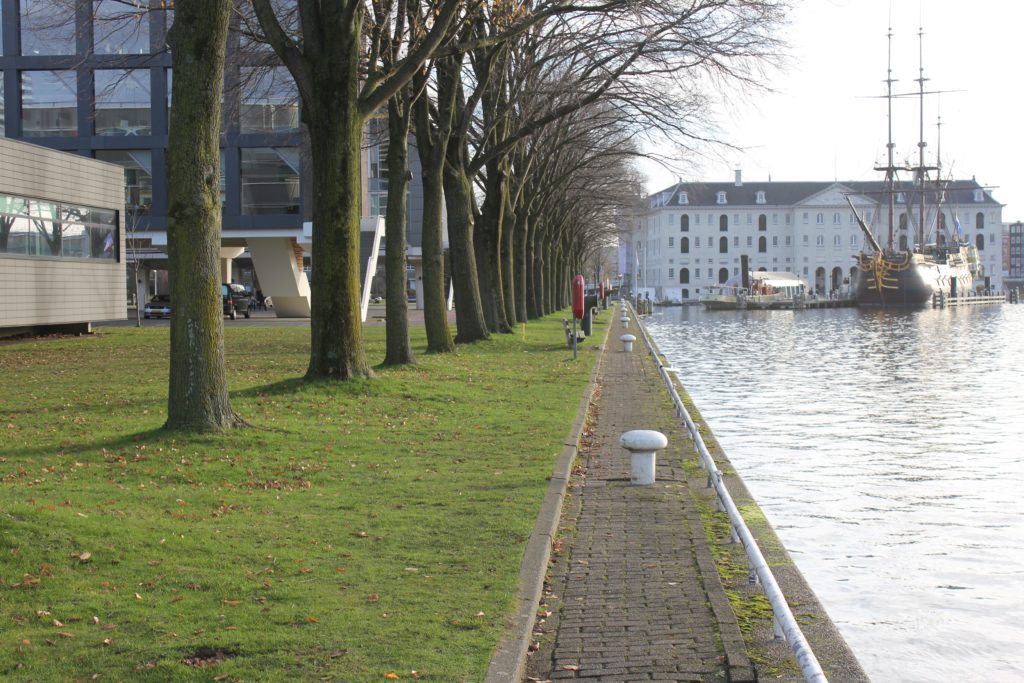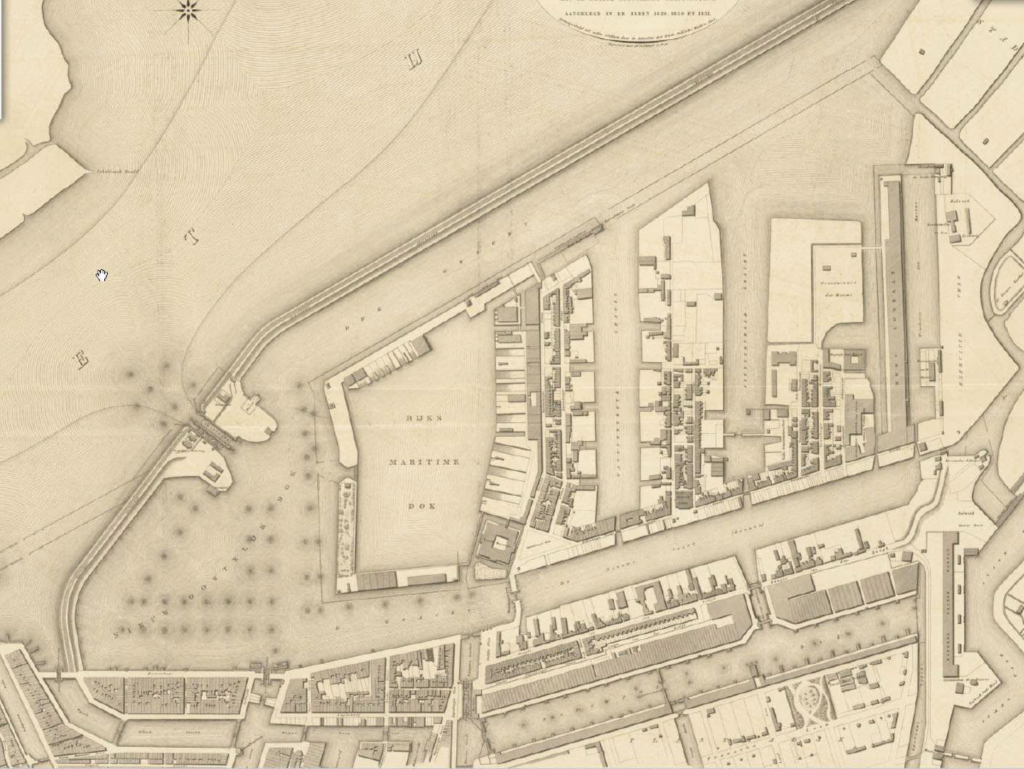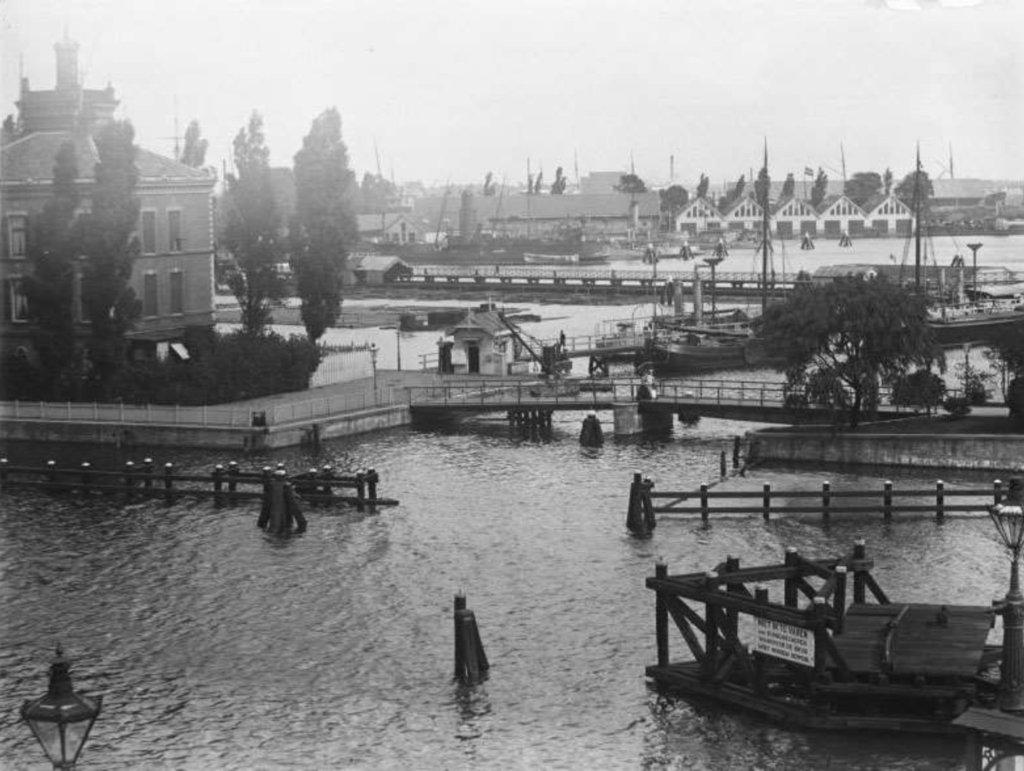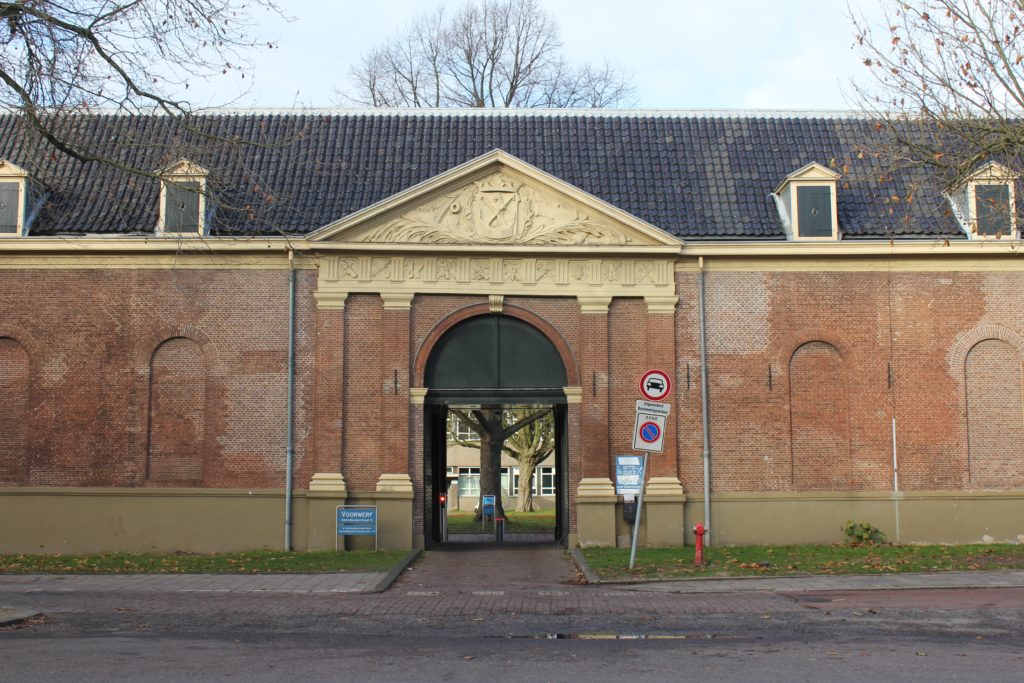Planning Guidelines for an Innovation District in a Historical Site



 PROJECT
PROJECT
Amsterdam, The Netherlands | 2016-17
Hidden on Kattenburg Island, behind a wall, for more than three centuries, the history of the Marineterrein goes back to the golden age of Amsterdam, when it served as navy yard of the Admiralty. Later, it became the official seat of the Dutch Royal Navy. Endeared to the Amsterdammers, this very central location is gradually being opened to the public, together with its best kept secrets: a stunning waterfront looking at the Oosterdok, green spaces, and a few historic buildings. In 2018, the Dutch Ministry of Defence will finally handover the whole site to the local Municipality.
The ambition of the stakeholders’ team (the Dutch government, municipality of Amsterdam and the city centre board) is to develop the site into an international work and knowledge environment, i.e an Innovation District, for living, working and leisure, maintaining its atmosphere of oasis of calm in the middle of a dynamic city. Guided by the Bureau Marineterrein (area management office) entrepreneurs, scientists and world citizens work together on innovative ideas and projects on-site that contribute to creating a sustainable community. Step by step, it metamorphoses from a closed area to a new city quarter for the city, and the country.
The current vision only indicates the direction of development and is no blueprint. This allows for the future development to remain flexible and to adapt to the rapidly changing conditions required by innovative environments.
Together with the Amsterdam’s department of Planning and Sustainability, the Atelier Rijksbouwmeester and SPcitI have been collaborating on an “area concept” in preparation for the Principebesluit Marineterrein. From the document Bouwstenen voor Nota van Uitgangspunten Marineterrein, 14 statements were distilled that summarized the core of the area concept. The note, guidelines schemes and the statements have been presented and discussed with the steering committee during a series of meetings and workshops.
Client:
In collaboration with:
